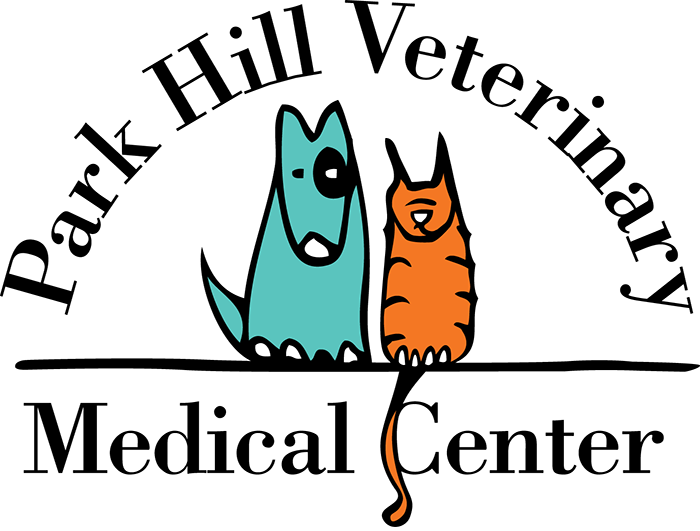Last month we opened the touchy topic of overweight pets and why those extra ounces and pounds are more than a cosmetic concern, but rather are a real threat to your pet’s longevity and health.
So you’ve committed to helping your pet lose weight. Now what? Your best success will come in partnership with your veterinarian to tailor an individual plan that also includes regular weight checks to monitor losses and to help encourage success.
The two parts of weight loss are calorie control and exercise – groceries in and energy expended.
First, review the manufacturer’s feeding guide for your pet’s desired weight and decrease food volume to the low end of the range. Use a real measuring cup. If feeding multiple pets, make sure that they have their own individual bowls. Also note the calories (kcals) per cup – many foods are labeled to feed all life stages and will be more nutritionally dense to meet the most demanding parts of life, growth and lactation. If feeding lower calories of the current diet does not lead to weight loss, then your veterinarian can recommend either an over-the-counter or prescription weight loss diet
We love our pets and it truly does create a good feeling to see the positive response from giving and receiving a treat. The goal is not to eliminate treats, but to moderate the pet’s total calories. Remember, for an eleven pound cat or dog, one cubic inch of cheddar cheese equals the equivalent of a 540 calorie double cheeseburger for a human or 28% of their daily caloric needs. So use low calorie treats or pieces of kibble for treats or, for dogs and some culinarily adventurous cats, they can have low calorie, filling fruits and veggies such as carrots, green beans, melon or apples.
Next, the harder part – getting you and your pet up and moving to burn calories. If you have or you are a couch potato, then you are going to have to take the time to build up to a level of exercise that is helping to burn calories. Think of the side benefit that you might take off a few ounces or pounds as well.
For a dog, start gradually increasing the length of walks or ball games, then increase the challenge with hillier terrain or longer walks. For calm dogs and cats, you can dust off the treadmill in the basement and teach them how to walk/run; there are some good training videos on YouTube.
For a fussy feline, increase play activity with Cat Dancer® or other interactive toys. A kibble dispensing toy or automated feeder can also help in rationing food volume.
For both, use your house for exercise – go upstairs and call the pet to you, then go downstairs and repeat. Just getting up and moving with you will benefit you both.
You can find more information on exercise and play ideas at www.preventpetobesity.com, www.CatChannel.com and www.dogplay.com.
